Getting a set of better tires is the most common upgrade people do to their ATVs. But how much are they?
In this post, we’ll have a look at how much you should expect to pay for different types of ATV tires and which factors drive the price up or down.
Related: How Much Do ATVs Cost – Comparing Different Types
This table will give you a general idea of how much you should expect to pay for various types of ATV tires:
| Tire Type | Typical Price Range (per tire) |
| All-Terrain | $50 – $150 |
| Mud | $50 – $150 |
| Hard / Rock Crawler | $110 – $250 |
| Sand | $50 – $450 |
| Snow | $60 – $190 |
| Sport / Racing | $70 – $120 |
| Youth | $20 – $80 |
As you can see from the table above, the price varies quite a lot within each tire category. A range of factors determines where a given type of tire ends up on the price scale.
Stock ATV tires are typically 25 to 26 inches in diameter and 6-10 inches wide. When people are upgrading their tires for better off-road performance, they are usually choosing a bigger tire.
It’s generally considered safe to go up one inch in size from stock tires without the risk of causing suspension and driveline issues.
Some riders even take it to the extreme and get 32-inch tires for better traction and ground clearance when mudding.
But when tire size goes up, so does the price. A bigger tire’s manufacturing process is generally more complicated and requires more raw materials to be used for each tire.
If we look at the popular ITP Mud Lite II, for example, we find that a size 28×11-14 costs about 75% more than a size 25×8-12 of the same tire.
When stepping up to beefy 30 to 32-inch mud tires, we find that the price more than double of that a standard size all-terrain tire cost.
Different types of ATV tires offer different types of features depending on the tire’s intended purpose. Extra or improved features require extra steps to be added to the manufacturing process. Each additional step adds to the total cost of the tire.
All-Terrain tires are what most ATVs come with stock. They are designed to offer decent overall performance and not extreme use. This is usually reflected in a moderate sales price.
Mud Tires have large tire lugs for optimal traction in wet conditions. A more aggressive tread pattern usually equals a more expensive tire.
Rock Crawling Tires, on the other hand, does not have that aggressive tread pattern. Instead, they need to be more robust and puncture-resistant. They usually have a higher ply-rating (more layers of rubber) than an all-terrain tire and features reinforced tire cords.
Sand Tires feature huge rubber paddles for better grip in the sand. Each paddle has to withstand immense forces, and the awkward shape makes manufacturing a bit more tricky.
The market is flooded with cheap knockoffs at a seemingly affordable price. While a cheaper tire may look almost identical to one from a more reputable brand, it is usually not as good.
The rubber quality used in cheaper tires is often not as good, resulting in a tire that offers less traction and less milage before wearing. Balancing issues is also more common in the cheapest tires on the market.
Tires that sell in vast quantities are usually cheaper than less common styles and sizes of tires that do not sell in such large numbers.
All-terrain style of tires are by far the most common, and therefore usually offers the most bang for the buck.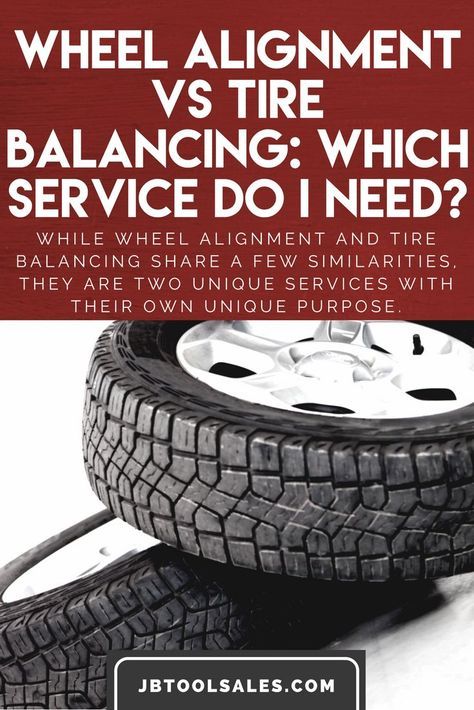
With larger quantity productions, the manufacturers can produce more tires without making alterations to the production line. This helps to keep the total cost down.
Best-sellers also face a smaller risk of not being sold. The loss of each tire that ends up not being sold must be distributed over the tires that do get sold. With the more common tires, the expected loss is not that high.
ATV tires can be bought individually, as pairs, or as a complete set of four. You usually get a much better deal when choosing a complete set over a single tire. Not only do you get a quantum discount, you likely save on shipping and handling as well.
ATV tires on sale can deviate from the MRSP price with as much as 50 – 100%. Therefore, it’s often well worth your time to shop around to find the best deal.
You can usually find the best deal online, but due to high shipping costs, the total price you can get at your local dealer may not be that bad in comparison.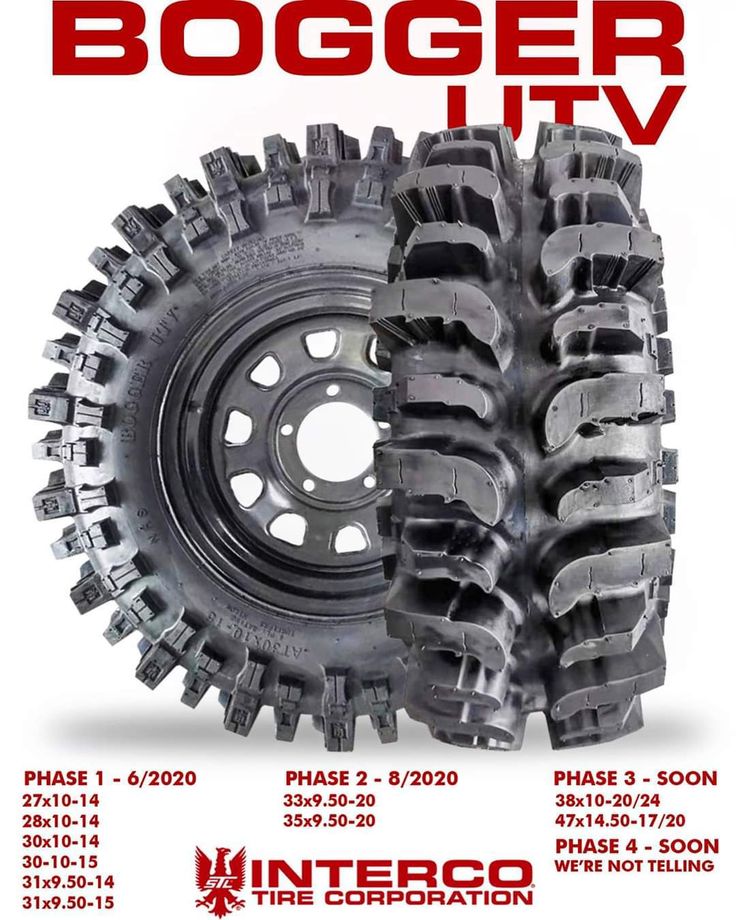
Look out for discount codes and other promotions. A few percent off can make for a nice saving on such an expensive purchase as tires.
When comparing tire prices, you need to make sure the prices are comparable. Because the price of a tire is not only product cost. You also need to keep track of additional costs, such as:
Retailers that provide an “all-in price” or “out-the-door cost” usually include all of the above costs in their sales price. Be aware that some retailers only display the product cost plus shipping.
Most states charge $1 – $2 per tire in disposal fees. Be aware that some states cost less, while others may charge quite a bit more.
Tire prices fluctuate quite a bit throughout the year and between seasons. You have a better chance of finding a good deal if you start searching some time before the old ones are entirely shot.
You have a better chance of finding a good deal if you start searching some time before the old ones are entirely shot.
Learn what signs to look for, and you will be able to see when a tire is due for being replaced months in advance.
Most dealers charge a fee for installing the tires to your rims—some more affordable than others.
Installing an ATV tire at home is not as hard as you may think. You will only need a few essential tools. This step-by-step guide shows you how to do it.
The sales price only tells half of the story. If you’re not looking for extreme traction, you are likely better off with a tire that is not that soft. Softer tires generally wear faster and therefore offer less value.
You will often find that two tires that may look almost identical on paper may wear quite differently by reading reviews.
by Lee
Tires on your ATV and side by sides wear out over time, also, sometimes you need different tires for the different areas you ride.
The cost to change or mount an ATV tire varies from FREE to about $100 depending on where you go and what you buy. It’s not uncommon for tire shops to do the mounting free if you’re buying the tire from them, but specialty tires and rims can be costly.
There are also other details that we need to cover to fully answer the question of cost when mounting ATV tires.
Nothing in life is truly free.
The tire shops that will mount your ATV tire for free usually do it when you buy the tire from them. The cost is just built into the price of the tire itself.
For larger tires or special rims, a cost is to be expected.
An ATV tire change can cost anywhere from $0 to $100 depending on the shop and if you bought the tire from them.
On average, you can expect a tire mount to cost anywhere from $10 to $30 per tire.
A damaged rim, which is common on ATVs, can raise the price or make the mounting impossible. Make sure your rims are not damaged from rocks, sticks, or anything else before getting it fixed.
Make sure your rims are not damaged from rocks, sticks, or anything else before getting it fixed.
A tire shop may even refuse to install or remount the tire if it’s too dry rotted or damaged.
Just about any place that sells tires for cars and trucks can get ATV tires.
Of course, ATV dealerships can get them too, but try your local tire shop, especially if you know the size off-road tire you need. Dealerships tend to have a higher markup and many of them don’t even have the tools to mount the tires and go to the nearest tire shop to do it.
You can even get ATV tires online here! (Amazon Link Ad)
I would try to cut out the dealerships when it comes to ATV and side by sides and try to work with a good local tire shop to see if they can get them. It will most likely be a special order, and you’ll have to wait, but I find the experience to be better.
To balance your ATV tires or not is a hotly debated topic, but if you ask me, you should get your ATV tires balanced if it’s 400cc or greater.
Oddly enough, this seems to be the standard that most manufacturers go with too, as you see many ATVs coming out of the crate with wheel weights.
The purpose of balancing an ATV tire is so the handlebars don’t shake, and you have better control over the ATV at higher speeds. For some tires, this can be 20MPH or more before YOU feel the vibrations.
Balancing the tires also keeps the wear down on bearings and other parts, as the vibrations start long before you can feel them.
To me, anything with 400cc’s or more is easily going to be doing over 20MPH and should just go ahead and get the tires balanced.
Balancing is not free, but well worth the cost. Even if you mount the tires yourself, getting them properly balanced at the tire shop is smart.
You can mount your own ATV tires, if you got the tools and the patience.
The first tire mount you do will be hard, and you’ll be cussing everyone and everything, but once you get the hang of it, then it gets easier over time.
Here’s a great video showing you how to mount an ATV tire:
Every ATV and side by side will be different, but the tire pressure you should be running is located somewhere on the ATV body. Often, it’s on the fenders, but the owner’s manual will also tell you.
On average, ATVs run about 7psi and side by sides are around 15psi.
These tires run on low pressure, so you need to make sure you have a low-pressure gauge like this one here (Amazon Link Ad).
If you’re mounting the tire yourself, you need to over inflate the tire a little and deflate it to the correct pressure to get a proper seat on the rim.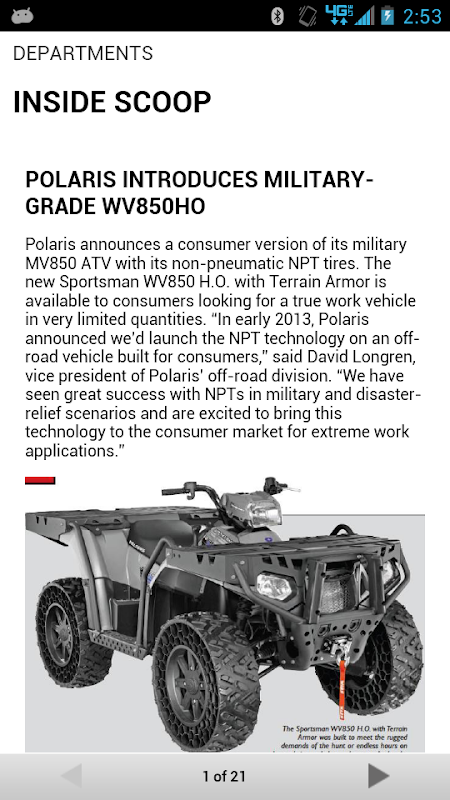 Do not exceed the MAX pressure that is listed on the tire. By a little, I mean if the tire needs 7psi I go to 10psi and deflate back down to 7psi while the max pressure on the tire itself is 30psi.
Do not exceed the MAX pressure that is listed on the tire. By a little, I mean if the tire needs 7psi I go to 10psi and deflate back down to 7psi while the max pressure on the tire itself is 30psi.
Considering all types of cars and motorcycles, it is very difficult to find a more all-terrain vehicle than a quad bike. This type of motor technology originated as a hybrid of a car and a motorcycle with off-road capabilities. The first samples appeared in the 80s of the last century, this solution was so successful that for many years the demand for ATVs significantly exceeded supply.
All over the world, the quad bike is called the short abbreviation ATV, which stands for All Terrain Vechicle (off-road motor vehicle). This name fully reflects the essence of this technique. ATVs have become indispensable in sports, tourism, hunting, special services, and when there is demand, the range of products offered is always evolving. nine0003
nine0003
Now on the market you can find not only expensive and ultra-reliable models from well-known brands, inexpensive Chinese analogues with quite decent characteristics are gaining popularity. The proposed equipment differs in carrying capacity, speed characteristics and all-terrain limits.
Almost all models can be divided into three main groups:
The first place in popularity is occupied by utilitarian models. Their main feature is versatility. These samples are supplied with an economical, but traction engine, with a volume of about 400 cm3, which makes it easy to overcome mud, mounds, streams, and transport a large amount of cargo. nine0003
Utility ATVs are ideal for farming, many models are specially designed for this purpose, allowing you to connect a trailer, mower, plow, sprayer and other agricultural equipment to them. The payment for the versatility of these models is the maximum travel speed limited at the level of 40-60 km/h.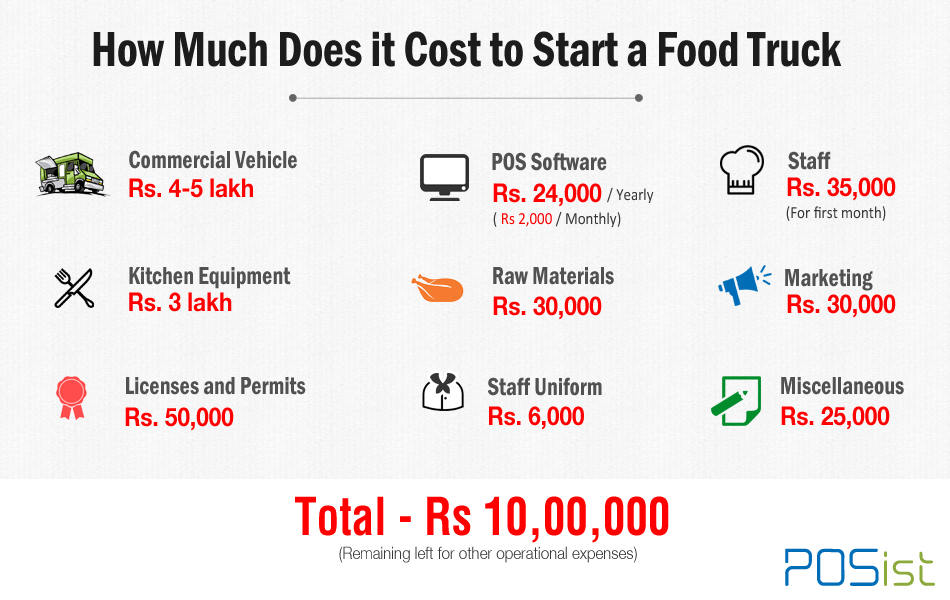
Sports models can be conditionally divided into two large subgroups:
Deciding on the desire to buy these ATVs in Nizhny Novgorod and Dzerzhinsk, you need to choose a model according to your own preferences, which include speed or high cross-country ability. High-speed models are equipped with a powerful engine up to 1.2 liters with water or air cooling. Drive in them is only the rear pair of wheels. All this allows the ATV to accelerate to a speed of 160 km / h, moving through the fields of country dirt roads. The high-speed design feature eliminates the possibility of connecting all-wheel drive, as well as transporting a large amount of cargo. nine0003
All-terrain models are equipped with a special transmission that allows you to turn on the 4 * 4 mode if necessary. At the same time, it is forbidden to use this mode constantly, as this leads to overheating of the dispenser and its failure. The power of the engines installed on these ATVs lies in the range from 0. 4 to 1 liter, which gives enough power to move off-road with a large additional load. All-terrain models of ATVs are a popular purchase among hunters, tourists, and fishermen. nine0003
4 to 1 liter, which gives enough power to move off-road with a large additional load. All-terrain models of ATVs are a popular purchase among hunters, tourists, and fishermen. nine0003
Children's models of ATVs are equipped with a light moped engine with a volume of 50 cm3 and cannot carry more than 70-80 kg. Their design does not imply the possibility of using all-wheel drive and high-speed driving. At the same time, wide-spaced wheels and leg protection make it possible to minimize the likelihood of the model tipping over. You can buy a children's ATV for any strong child and not worry about his safety while walking outside the city.
Teenage models are equipped with an engine with a capacity of up to 150 cm3, which allows them to carry from 80 to 120 kg of cargo. High compactness, acceptable speed data and sufficient carrying capacity make the ATV a popular purchase among both adults and teenagers. nine0003
The all-terrain capability of ATVs does not allow them to be used in deep snow. In the winter season, off-road enthusiasts will have to think about buying a snowmobile. This type of motorcycle is specially optimized for driving on snowy ground, which makes it easy to move around the surroundings of Nizhny Novgorod and Dzerzhinsk in search of adventure, hunting or just enjoying extreme winter skiing. When choosing a snowmobile, it is gentle to make a choice between a utility model with increased cross-country ability or high-speed data. nine0003
In the winter season, off-road enthusiasts will have to think about buying a snowmobile. This type of motorcycle is specially optimized for driving on snowy ground, which makes it easy to move around the surroundings of Nizhny Novgorod and Dzerzhinsk in search of adventure, hunting or just enjoying extreme winter skiing. When choosing a snowmobile, it is gentle to make a choice between a utility model with increased cross-country ability or high-speed data. nine0003
Choosing and buying ATVs is a difficult task. Among the huge number of proposals, we will help you make the right choice that will delight you for many years.
On November 1, 2020, the mandatory marking of wheel tires and car tires began. We tell you how to work further, what equipment needs to be prepared, what to do with the leftovers, and how much violations cost.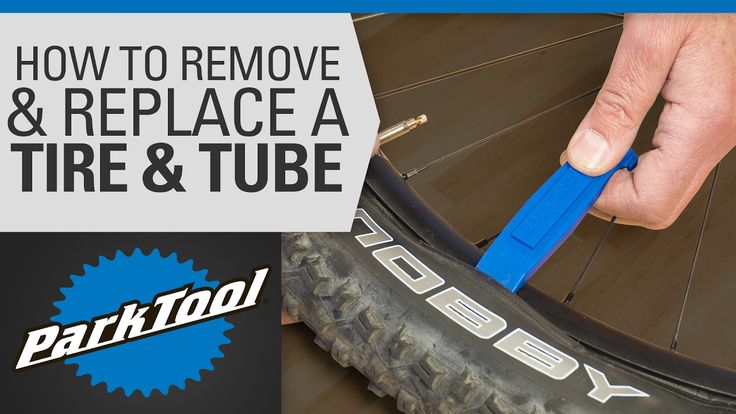 nine0003
nine0003
No time to sort things out? Let's help!
New pneumatic tires and tyres:

Specific OKPD 2 and TN VED EAEU codes are shown in the table.
| Product | OKPD 2 | EAEP EAEU | ||
|---|---|---|---|---|
| Tires and cars for cars new | 22.11.11 | 4011 10 000 | ||
| 11/22/12.110 | 4011 4011 40 000 0 | |||
| tires and pneumatic tires for buses, trolley and trucks new | 22.11.13.110 | 100 0 for agricultural machines; tires and tires other pneumatic new | 22.11.14 | 4011 70 000 0 4011 80 000 0 |
| Solid or semi-pneumatic rubber tires | 22.11.15.120 | 4011 90 000 0 |
1.
Register in the marking system.
2.
Learn how to label products (for production and import): connect to labeling, purchase label printing equipment.
3.
Learn to accept marked tires: connect to EDI and marking, purchase equipment for brand scanning.